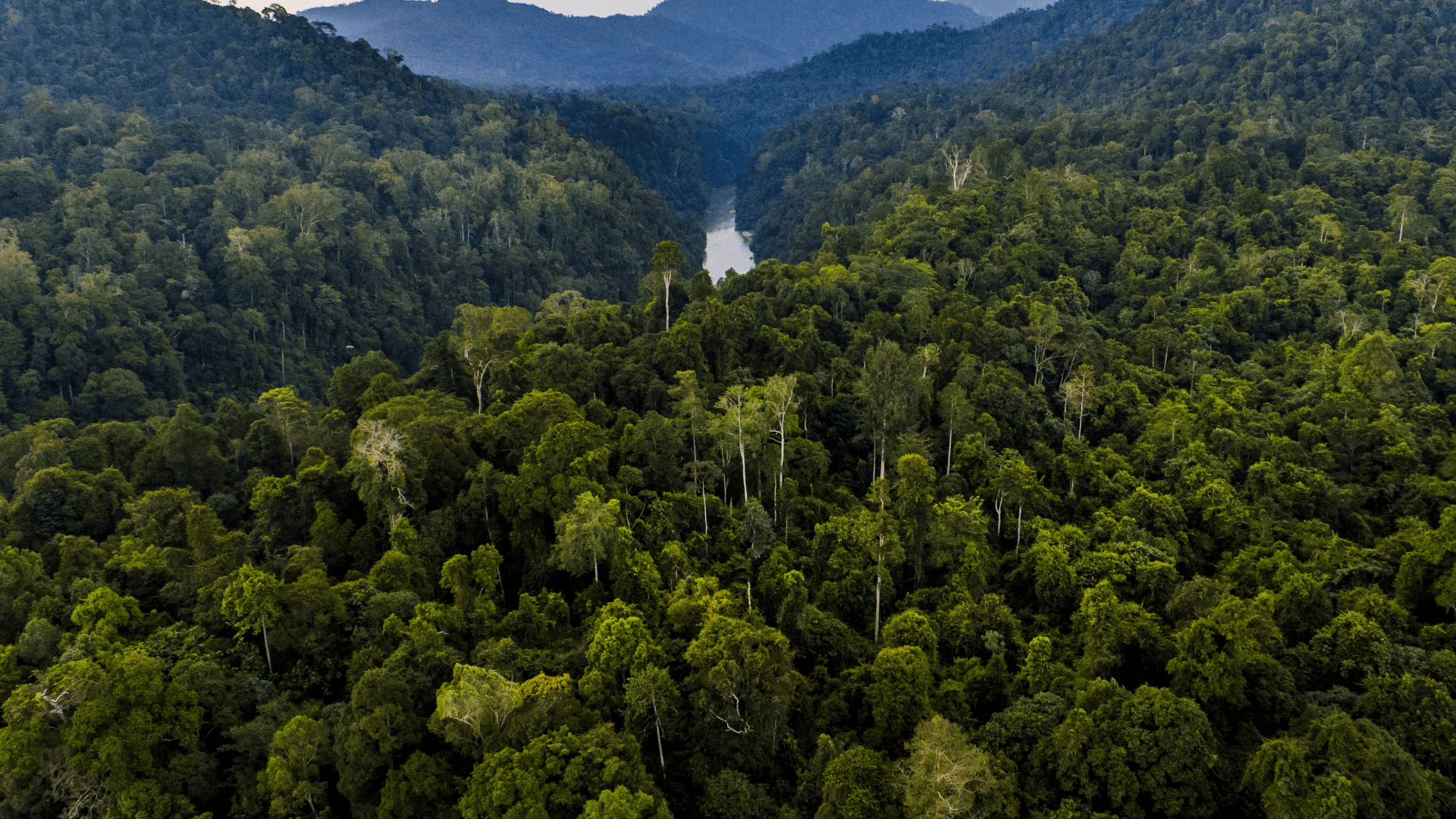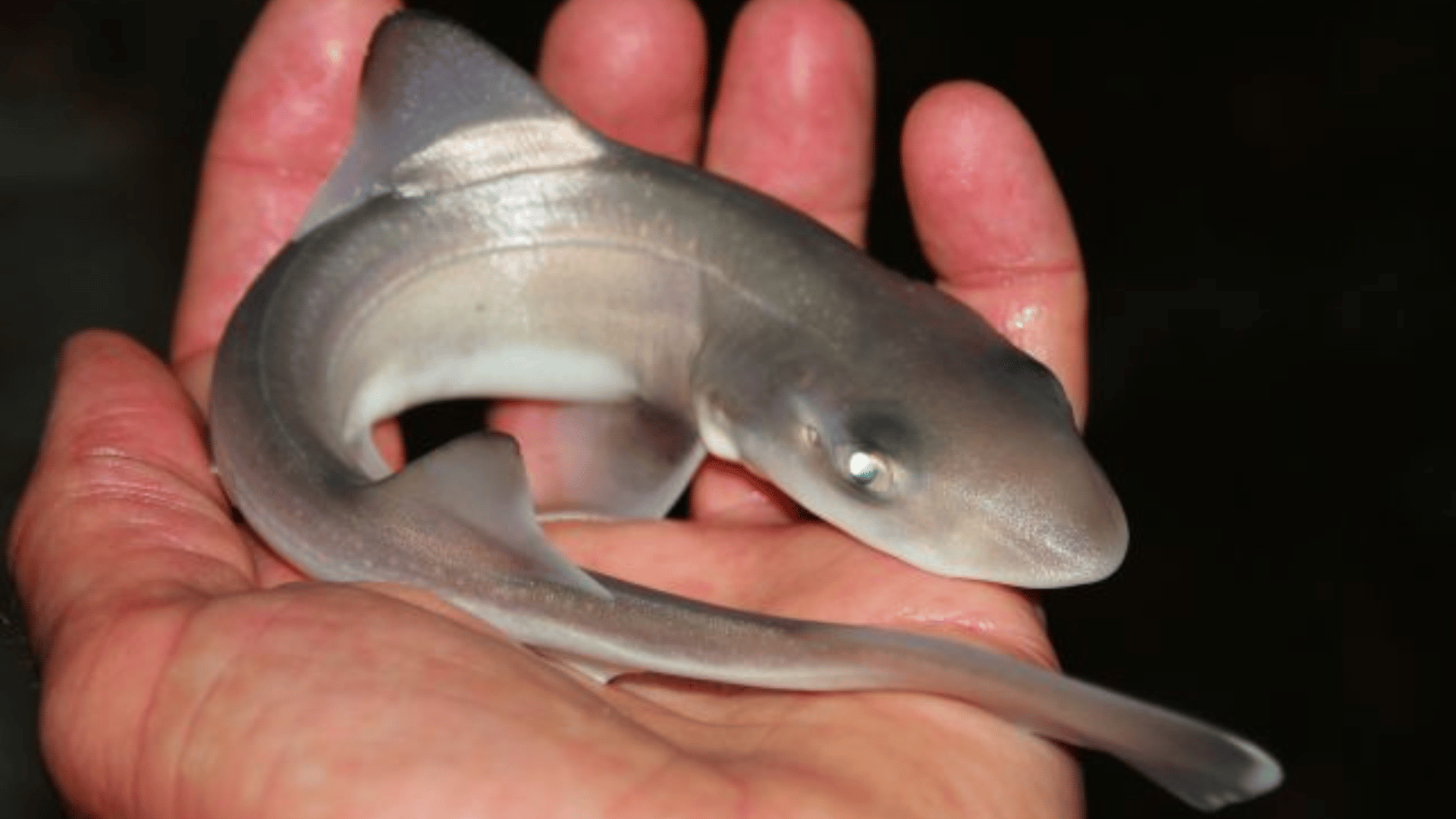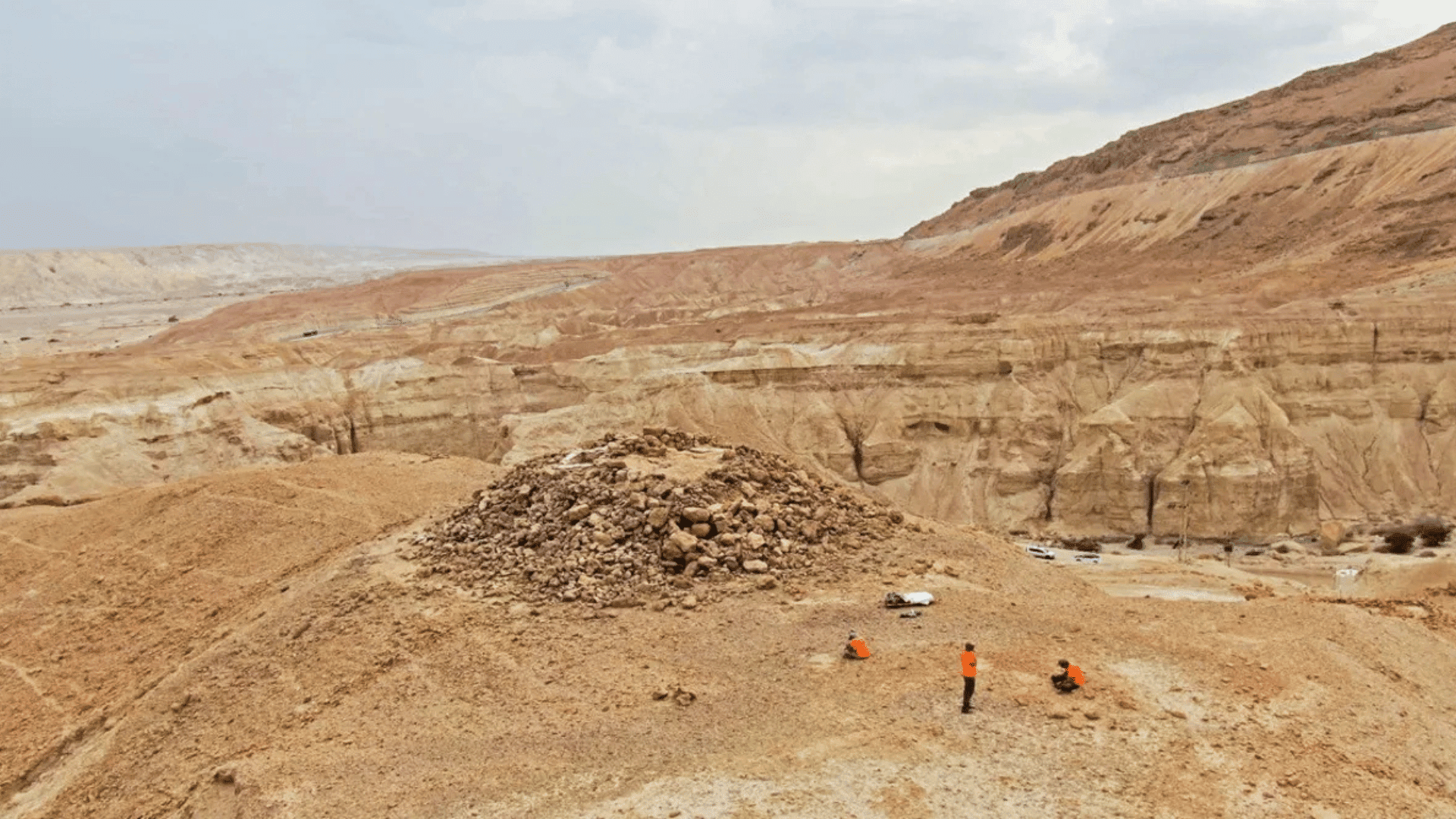Conservation organization Save Nature acquired 155 acres of rainforest to support the fight against deforestation. The section of rainforest is located in Sumatra’s Leuser Ecosystem, where the palm oil industry threatens the forest.
Fighting Deforestation

Indonesia, where the Leuser Ecosystem is located, is the world’s largest producer of palm oil. The crops have caused a significant loss of the country’s rainforests. According to Save Nature, 25% of Indonesia’s old-growth forests have been lost. As a result, the palm oil industry is expanding into critical habitats. This is accelerating the separation of ecosystems, including the Leuser Ecosystem, which is one of the world’s most biodiverse regions.
The Leuser Ecosystem is home to over 5,000 species, including mammals, birds, reptiles, amphibians, and plants. More importantly, it’s the last place where the Sumatran rhino, elephant, tiger, and orangutan coexist in one place.
Saving Nature’s acquisition secures a crucial wildlife passage in the rainforest, a pathway that allows endangered elephants to travel safely between fragmented habitats. This area maintains genetic diversity and ensures the long-term survival of these iconic species.
“Saving Nature’s focus is on addressing urgent threats to biodiversity, and this acquisition is a significant step toward protecting habitats that are under siege from palm oil-driven deforestation,” said Brian Rodgers, Management Board member of Saving Nature. “This is not just about protecting land—it’s about safeguarding the future of biodiversity.”
Saving Nature focuses heavily on restoring migration routes for elephants and other wildlife. Its goal is to combat poaching and reconnect fragmented forests. To date, Saving Nature has secured 1,300 acres of land to link a 5,500-hectare government-designated elephant conservation area to 300,000 hectares of protected forest.
This recent acquisition secures the corridor’s safety, shielding it from palm oil cultivation and allowing wildlife to pass freely.







